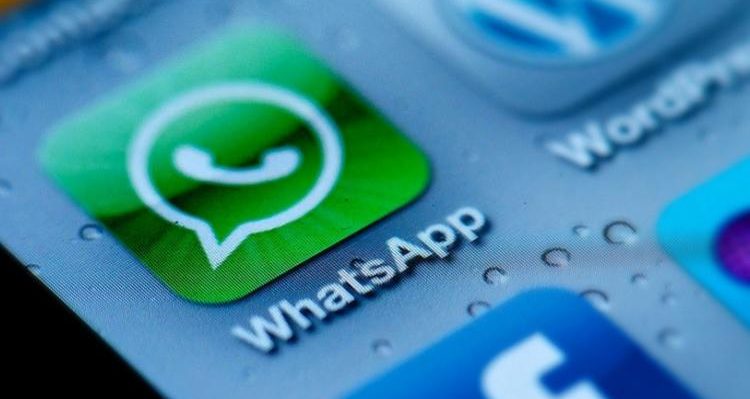
Photo Credit: google images
WhatsApp is simple to use, popular, and cost-effective. Chances are, your employees and customers are already using WhatsApp as part of their daily communication. So why aren’t more businesses thinking of creating ways to use WhatsApp to achieve specific business objectives? Here are a few clever ways to leverage WhatsApp for your business.
Marketing, sales and promotion
The most obvious way to use WhatsApp is as a sales and promotion tool. You can send text, audio and video via WhatsApp, and that makes WhatsApp just as flexible as email in terms of sending out rich media. So why not send out special promotional codes and sales reminders via WhatsApp?
Of course, the more original you can be, the better. Colgate, for example, asked its users to send the company “smile selfies” via a WhatsApp number printed on tubes of toothpaste. The best “smile selfie” would win a special personal styling consultation from Colgate. Just like most companies now publish their email addresses and website addresses on just about everything they make, it could be time to start posting a WhatsApp number.
Personalized consultations, customer service and concierge services
At its core, WhatsApp is a very powerful one-to-one communication tool, so why not create a special VIP experience using WhatsApp? In some cases, doctors and dentists are even using WhatsApp as a way to provide medical consultation – patients can send a photo or video of an ailment, and they can receive immediate advice on what the next step should be. Just as easily, you could set up a VIP concierge for your best customers – at any time of the day or night, they can get immediate one-on-one contact with an expert.
And, of course, you could leverage WhatsApp as a customer service tool. For most people these days, the prospect of calling a 1-800 number and waiting on hold to talk with someone inspires a feeling of dread. Plus, when you call someone, you can’t send rich media to explain what you’re talking about. Think about how cool it would be to send a quick photo of your problem to your customer service rep, who would then have a much better idea of what’s going on and how he or she could help.
Customer feedback
There are different ways to collect customer feedback after a purchase or interaction. For example, some companies send out follow-up emails, while others use a follow-up phone call. There’s just one problem with that strategy – everybody else is doing it, and the tendency these days is to ignore any phone call coming from an unknown number. However, the open rates for WhatsApp messages is a staggering 70 percent. You can simply message your customers via WhatsApp to see if they would be willing to leave feedback or insights. This is a great way to build engagement and boost the robustness of your customer feedback loop.
The big takeaway here is the following: if you’re only thinking of WhatsApp as a communication tool for internal team members, it’s time to re-imagine how it can be used for sales and marketing, customer service, and VIP customer experiences. With 1.2 billion users globally, WhatsApp is arguably just as ubiquitous as Facebook these days (which is no coincidence, considering that Facebook owns WhatsApp) – so the learning curve of getting customers to embrace WhatsApp might not be nearly as steep as you imagine!